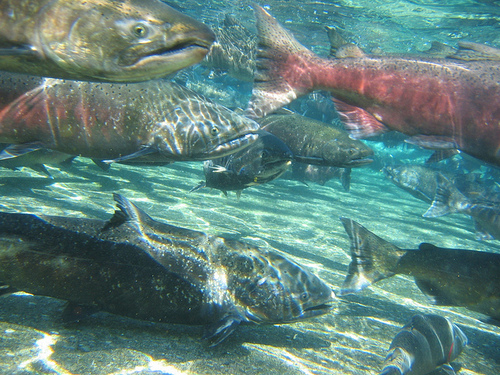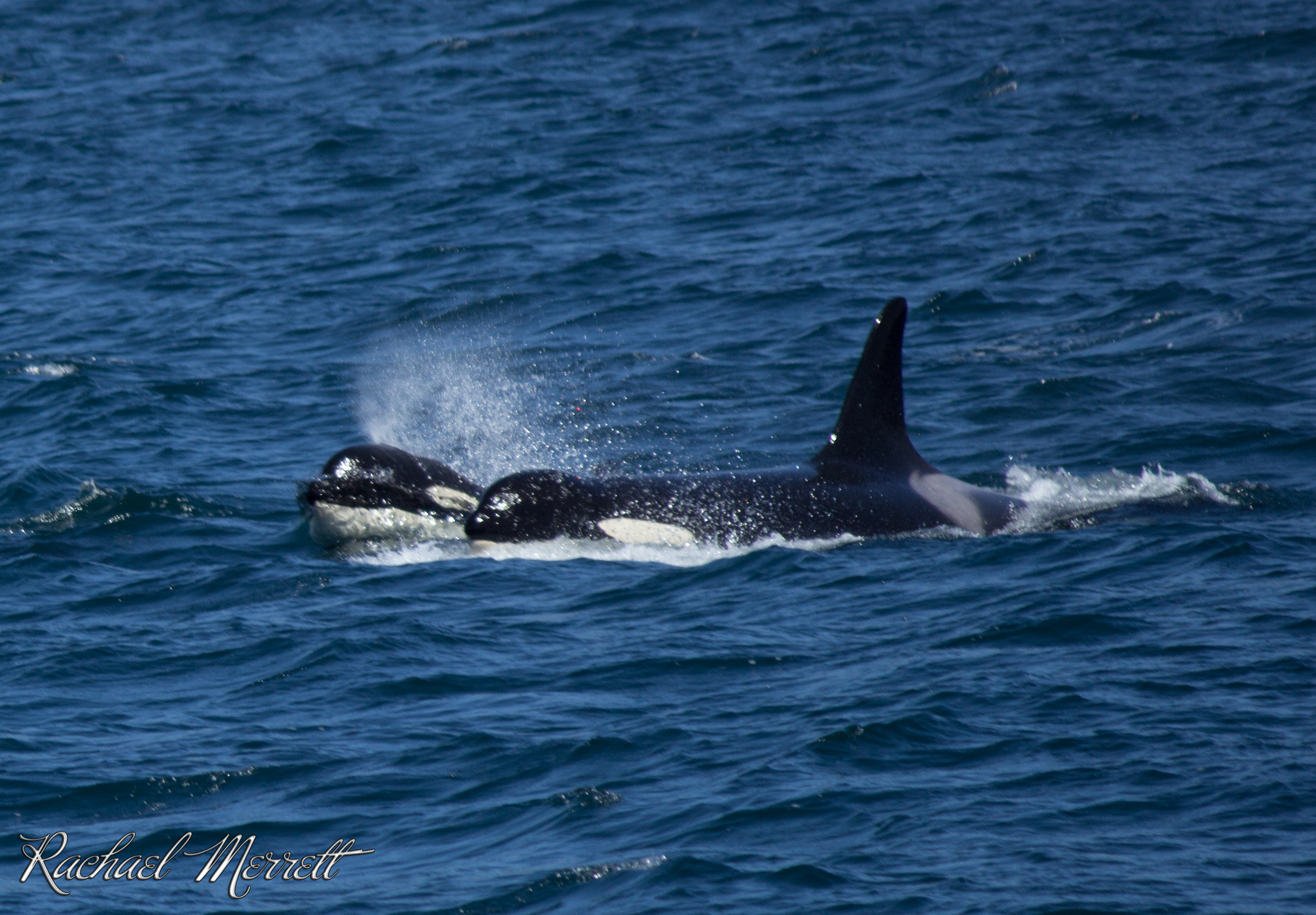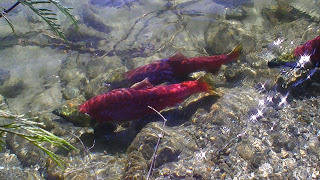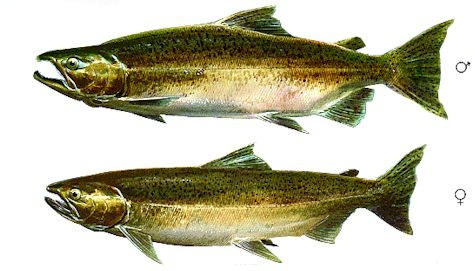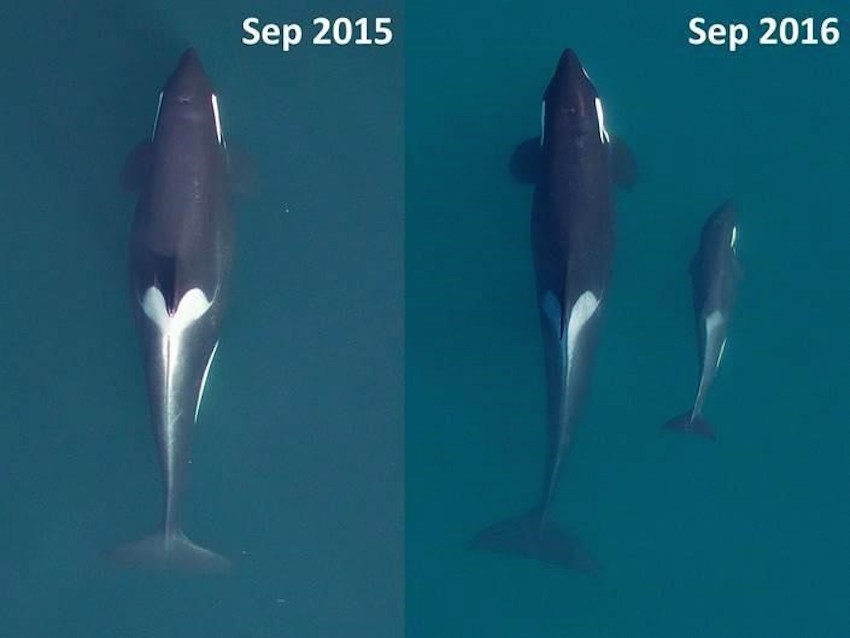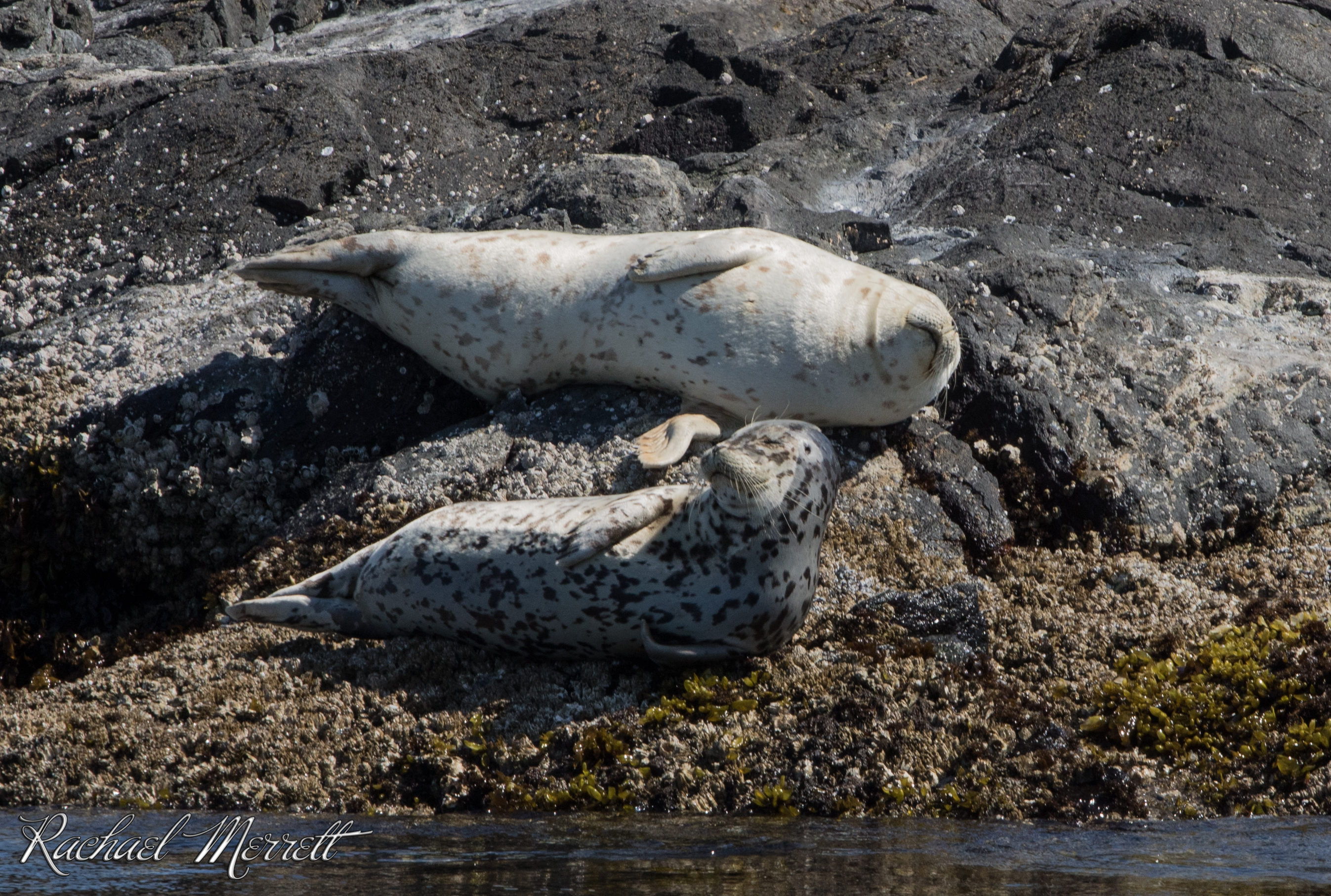Southern Residents Depend on Healthy Chinook Populations
Approximately 80 percent of the Southern Resident orca diet consists of Chinook salmon, with the average adult requiring roughly 200-385 pounds daily to remain healthy. Orcas can travel up to 160 kilometres during a 24-hour period in search of Chinook.
However, some salmon stocks—including Chinook—have been declining to the point where the Committee on the Status of Endangered Wildlife in Canada (COSEWIC) recommended that a number of salmon stocks be listed under the Species at Risk Act. A few local Chinook populations, for example, are at only 5-10 percent of their historical numbers. Simply put, there isn’t enough salmon to feed Southern Residents and starvation is hindering their ability to carry pregnancies to term, keep calves alive, and survive as adults.
Salmon stocks need more than conservation measures to protect them; fisheries management actions must support rebuilding stocks
How bad is the Chinook situation?
Fisheries and Oceans Canada (DFO) generated assessments for only 15 of the 35 conservation units for Southern B.C. Chinook in 2016, and 11 of these were in the “red zone” of the federal government’s Wild Salmon Policy. Early-timed (spring and early summer) Fraser Chinook salmon returns have also been consistently low for the past several years – these are key runs for Southern Residents.

Figure 1: Cumulative catch per unit effort (CPUE) of Fraser River chinook salmon as of July 1 for each of the years beginning in 1988, with the dashed line representing an adjustment for the late start in the fishery opening using 2012 as the reference year for a late start (Source: Center for Whale Research).
It’s time for the federal government to use fisheries management actions to help promote stock rebuilding; they must go beyond conservation measures in order to increase Chinook abundance and availability for Southern Resident orcas before the endangered population further declines.
The connection between Chinook and pregnancies
Research has shown a direct link between the abundance of Chinook salmon and viable Southern Resident pregnancies. A study released in 2017 by the University of Washington’s Center for Conservation Biology, NOAA’s Northwest Fisheries Science Center, and the Center for Whale Research shows that up to 69 percent of pregnancies failed between 2008 and 2014 due to stress brought on by low abundance of Chinook salmon.
The science is clear – a lack of Southern Residents’ preferred prey is resulting in poor nutrition and that is having a significant impact on their growth and reproductive abilities.
Are pinnipeds (seals and sea lions) impacting Chinook populations?
For more information on the relationship between pinnipeds, salmon and orcas, check out this fact-based and evidence-informed resource from the Marine Education and Research Society.

